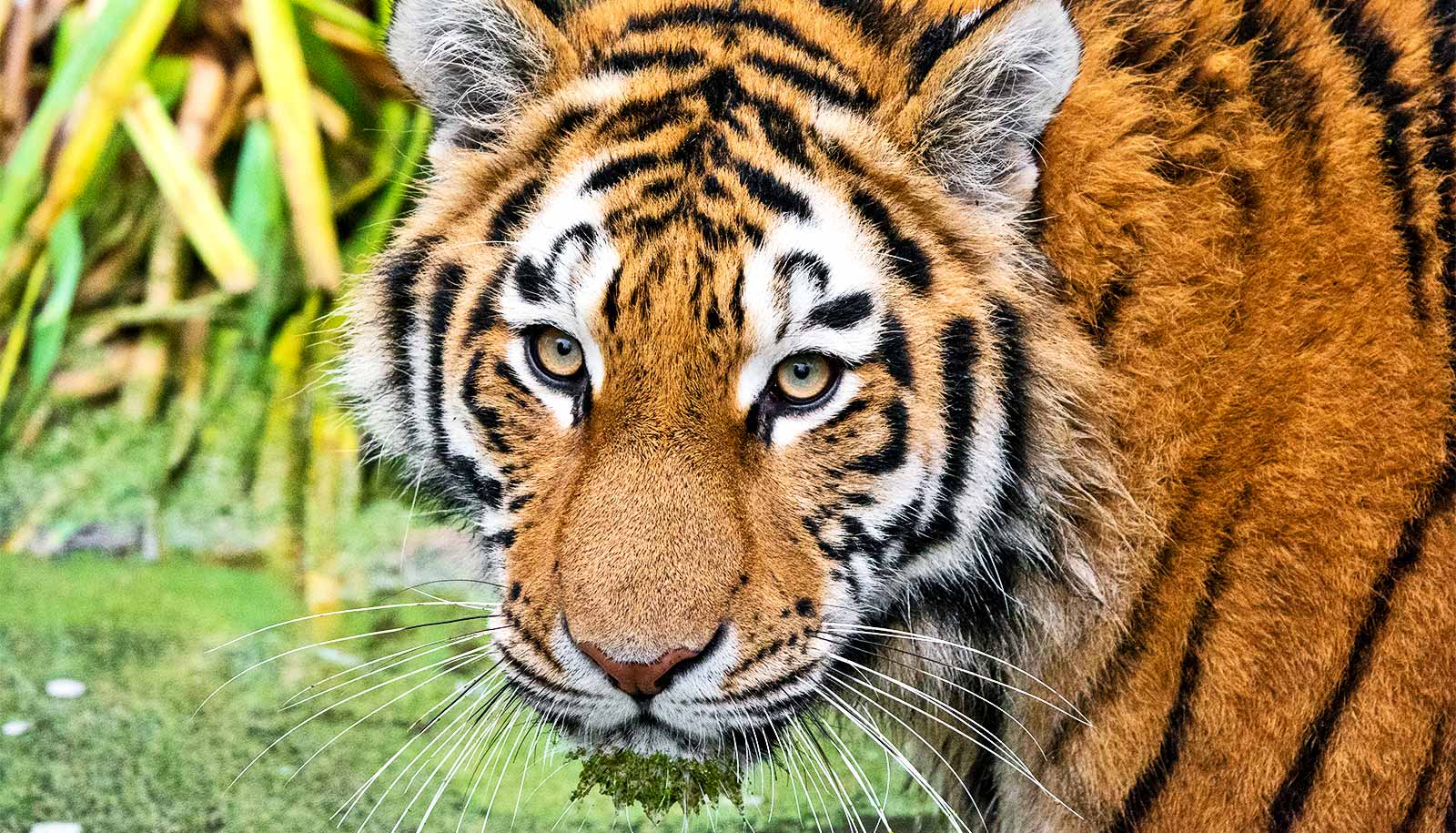Tigers face uncertain futures primarily due to habitat fragmentation, human-wildlife conflict, and poaching.
As global tiger populations decline, so does their genetic diversity. But until now it’s been unclear how the animals’ dwindling numbers are affecting them at the genetic level.
To find out, researchers sequenced 65 genomes from four of the surviving tiger subspecies. The findings confirm that strong genetic differences exist between different tiger subspecies but show, surprisingly, that these differences emerged relatively recently, as Earth underwent a major climatic shift and our own species grew increasingly dominant.
“The increasing dominance of humans across the world means that our understanding of which attributes of species and populations are best suited to the Anthropocene becomes ever more important,” says Elizabeth Hadly, professor in environmental biology at Stanford University, referring to the proposed geological epoch marked by significant human impact on the environment.
Related Keywords
India , Russia , Russian , Kellie Armstrong , Stanford Woods Institute For The Environment , Stanford University , Elizabeth Hadly , Stanford Woods Institute , Pleistocene Ice Age , Russian Far , Stanford Phd , Molecular Biology , இந்தியா , ரஷ்யா , ரஷ்ய , ஸ்டான்போர்ட் வூட்ஸ் நிறுவனம் க்கு தி சூழல் , ஸ்டான்போர்ட் பல்கலைக்கழகம் , ஸ்டான்போர்ட் வூட்ஸ் நிறுவனம் , ரஷ்ய இதுவரை , ஸ்டான்போர்ட் ஃப்ட் , மூலக்கூறு உயிரியல் ,
comparemela.com © 2020. All Rights Reserved.
